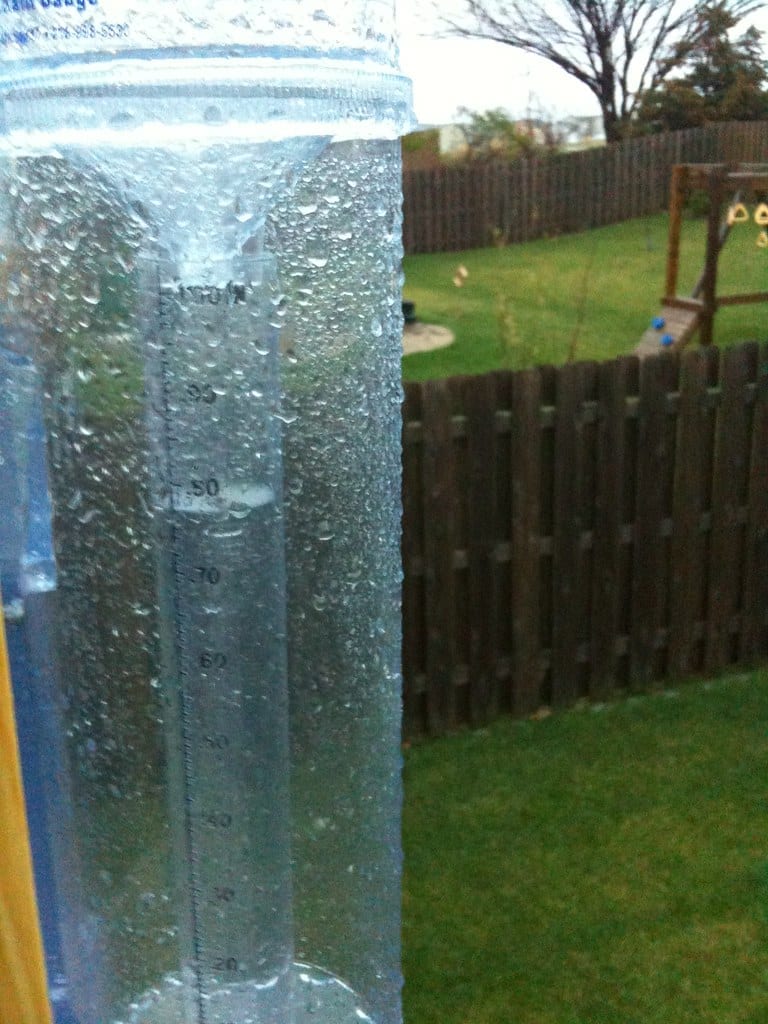With most activities and events cancelled, many people are using their extra free time at home to get involved in citizen science projects. These are projects that engage members of the public who are not professional scientists in carrying out scientific research, including everything from measuring precipitation to observing local plants and animals to categorizing images of far-off galaxies. Citizen science is valuable to researchers as it helps them gather more data points from more locations than they would be able to without citizen volunteers. For those who participate, citizen science also provides a way to learn more about a variety of science topics, join a community contributing to a larger effort, and have fun!
One striking example of a citizen science project taking off in the past couple of months comes from the UK, where Professor Ed Hawkins of the National Center for Atmospheric Science at Reading University requested help from the public on Twitter to digitize historical rainfall data. Over 11,000 people volunteered to help move rainfall data from the 1820s through 1950s from handwritten records to digital data that researchers and climate scientists can readily analyze. Professor Hawkins estimated that his team of citizen scientists would be able to go through over a hundred years of data in just a few weeks, all while the citizen scientists get a look into how weather data is collected and used, both in the past and the present.
If citizen science sounds like something you would be interested in being part of, there are a lot of ways to get involved! To browse a variety of projects, you can visit these general citizen science databases or portals:
- CitizenScience.gov – an official
 government website designed to accelerate the use of crowdsourcing and citizen science across the U.S. government.
government website designed to accelerate the use of crowdsourcing and citizen science across the U.S. government. - SciStarter – SciStarter lists many different programs. You can check out the featured projects or search all projects by topic or which are near you.
- Zooniverse – “Zooniverse gives people of all ages and backgrounds the chance to participate in real research with over 50 active online citizen science projects. Work with 1.6 million registered users around the world to contribute to research projects led by hundreds of researchers.”
If you’re looking for projects related to a specific topic, try some of the website and projects below
![]()
- GLOBE Observer App – This app from NASA allows you to participate in 4 different projects – Clouds, Mosquito Habitat Mapper, Land Cover, and Trees. Observations made with the app are used to complement NASA satellite observations.

Volunteers with CoCoRaHS use a rain gauge like this to make precipitation observations. Photo licensed from Creative Commons
- Community Collaborative Rain, Hail & Snow Network (CoCoRaHS) – CoCoRaHS is a community of volunteers measuring precipitation across the country to provide high quality precipitation data at a higher density than is possible with official weather stations alone. So far, volunteers have submitted over 50 million observations through CoCoRaHS.
- iNaturalist – iNaturalist allows you to record and share your observations of plants and animals in your area. Over 270,000 species have been observed by iNaturalist citizen scientists.
- eBird – eBird is focused on tracking bird sightings across the country to learn more about bird distribution, abundance, and migration. Whether you’re looking to learn more about birds or an experienced birder looking to track and share your observations, this is a great resource.
- Celebrate Urban Birds – Celebrate Urban Birds is a citizen science project focused on better understanding the value of green spaces for birds. They look at 16 focal species found in many urban and other environments.
- National Phenology Network – The National Phenology Network projects include observing flowers, tracking invasive species, observing signs of the arrival of each season, and more. If you’re interested in getting in touch with the patterns and cycles of the natural world around you, this opportunity might be a good fit.
- Budburst – As the name suggests, this project collects citizen science observations of plants as they reach different stages of growth, including flowering, leafing, and fruiting. These data are used to better understand how plants and ecosystems respond to human impacts on the environment and changes in climate.
- Stardust@Home – This project based at University of California-Berkeley Space Science Laboratory involves searching images from the Stardust spacecraft’s sample return capsule to identify traces from particles of interstellar dust that originated in distant stars – the first such particles collected in space and returned to Earth for study.
- Galaxy Zoo – Citizen scientists who participate in Galaxy Zoo are shown images of galaxies from the Dark Energy Camera Legacy Survey (DECaLS) and asked a series of questions about what they see so that the galaxies can be classified based on their shape. This can tell scientists what the galaxy is likely made up of, how it was formed, and more, helping them to answer research questions about the mysteries of the universe.
For those who are looking to get outside more, learn something new, or work together with other members of a community, citizen science projects like these are great opportunities. They also demonstrate the power of many people taking small actions in pursuit of a common goal – no one person can complete a citizen science project alone, but if everyone contributes a few observations or a couple of hours it greatly strengthens scientists’ ability to answer new research questions and use their findings to improve everyone’s lives. If you are someone who has found yourself bored or with some extra time as of late, get active with citizen science! Who knows what you might help discover?

